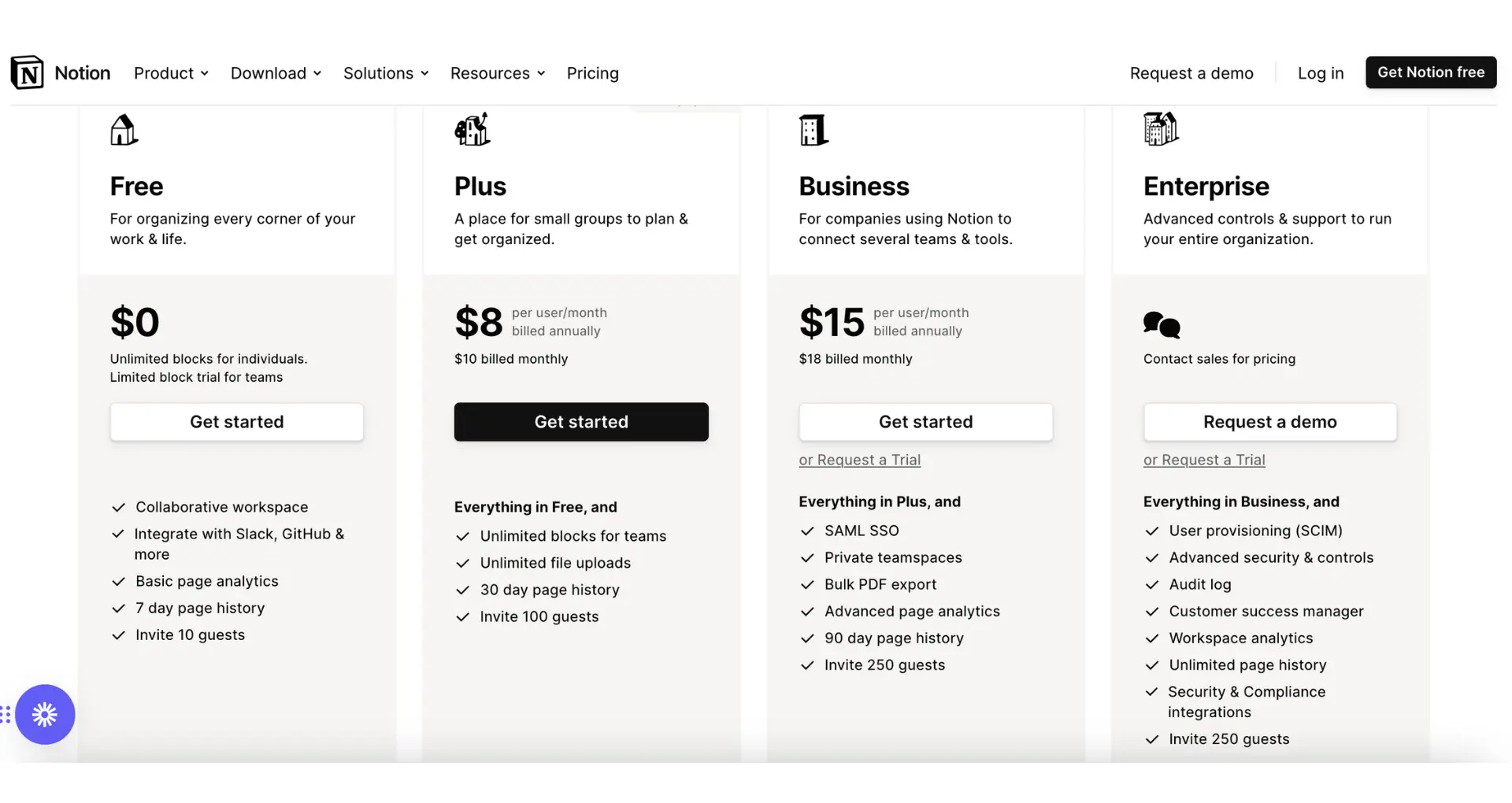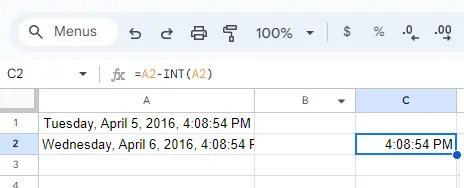Pipedrive's custom fields are a powerful tool for tailoring your CRM to fit your unique business needs. In this step-by-step guide, we'll show you how to add and customize fields in Pipedrive, from creating new fields to setting properties and integrating them into your workflows. By the end, you'll have the knowledge to optimize your Pipedrive setup for better data management and operational efficiency.
Understanding Custom Fields in Pipedrive
Custom fields in Pipedrive allow you to capture and store data specific to your business, giving you a more comprehensive view of your deals, contacts, and organizations. Pipedrive offers a variety of custom field types, including:
- Text fields for capturing names, notes, and other text-based information
- Phone fields for storing contact numbers
- Monetary fields for tracking deal values and other financial data
- Date fields for recording important milestones or deadlines
By leveraging these custom fields, you can enhance the level of detail and accuracy in your CRM data. This, in turn, enables you to make more informed decisions, personalize your interactions with clients, and automate enrichment and streamline your business processes.
How to Add Custom Fields in Pipedrive
Adding custom fields in Pipedrive is a straightforward process that allows you to tailor the CRM to your unique business requirements. Follow these steps to add custom fields:
- Navigate to Settings > Company > Data fields.
- Click on "Add custom field."
- Select the record type where you want to add the custom field (e.g., Lead/deal, Person, Organization, Product, or Project).
- Name the field and choose the appropriate field type from the available options, such as text, phone, monetary, or date.
- Configure the field properties, including visibility settings, required status, and validation rules.
- If desired, assign the custom field to a specific pipeline or stage to ensure relevance and minimize clutter.
- Save the custom field.
When adding custom fields, it's crucial to align them with your business processes and workflows. This ensures that the data captured is relevant, actionable, and contributes to effective data management and user adoption.
By strategically incorporating custom fields into your Pipedrive setup, you can enhance the depth and accuracy of your CRM data, ultimately leading to more informed decision-making and improved operational efficiency. Consider using AI and automation tools to further streamline your CRM management.
Save time with Bardeen’s sales prospecting automation. Simplify your CRM tasks and focus on what’s important.
How to Add Custom Fields in Pipedrive
Adding custom fields in Pipedrive is a straightforward process that allows you to tailor the CRM to your unique business requirements. Follow these steps to add custom fields:
- Navigate to Settings > Company > Data fields.
- Click on "Add custom field."
- Select the record type where you want to add the custom field (e.g., Lead/deal, Person, Organization, Product, or Project).
- Name the field and choose the appropriate field type from the available options, such as text, phone, monetary, or date.
- Configure the field properties, including visibility settings, required status, and validation rules.
- If desired, assign the custom field to a specific pipeline or stage to ensure relevance and minimize clutter.
- Save the custom field.
When adding custom fields, it's crucial to align them with your business processes and workflows. This ensures that the data captured is relevant, actionable, and contributes to effective data management and user adoption.
By strategically incorporating custom fields into your Pipedrive setup, you can enhance the depth and accuracy of your CRM data, ultimately leading to more informed decision-making and improved operational efficiency.
Customizing Field Properties for Enhanced Data Management
Pipedrive offers a range of customization options for field properties, allowing you to fine-tune your custom fields for optimal data management and workflow automation. Here's how to set key properties:
- Visibility: Determine whether the custom field is always visible in the detail view, appears in the "Add new" dialog, or is shown in the project detail view.
- Required status: Mark fields as required to ensure critical data is entered, preventing users from saving records with incomplete information.
- Validation rules: Set validation rules to maintain data integrity, such as specifying the format for phone numbers or email addresses.
Additionally, custom fields can be leveraged to create dependencies and triggers in Pipedrive's workflow automation features. For example:
- Use custom field values to trigger specific actions, like sending an email or assigning a task when a field is updated.
- Create dependencies between custom fields, ensuring that certain fields are only visible or required based on the values of other fields.
By utilizing custom fields in workflow automation, you can streamline processes, minimize manual effort, and enhance operational efficiency. This allows your team to focus on high-value activities while the CRM handles repetitive tasks based on your predefined rules and triggers. Using tools like sales prospecting automation can further improve your workflow.
Automate repetitive tasks and improve your workflow with Bardeen's sales prospecting automation. It saves time, allowing you to focus on important work.
Integrating Custom Fields in Pipedrive Workflows
Incorporating custom fields into Pipedrive's workflow automation features is a straightforward process that can significantly streamline your sales and customer service processes. Here's how to use custom field values to trigger actions and move deals between stages:
- Create a new workflow automation in Pipedrive and select the trigger event, such as when a custom field is updated or a deal reaches a specific stage.
- Set conditions based on custom field values. For example, if a custom field "Contract Value" exceeds a certain amount, the automation can be triggered.
- Define the actions to be performed when the conditions are met, such as sending an email, creating a task, or moving the deal to the next stage.
Practical applications of custom fields in automating sales and customer service processes include:
- Automatically assigning a sales rep to a deal based on the value of a custom field like "Industry" or "Region".
- Triggering a personalized email sequence when a custom field "Product Interest" is updated with a specific value.
- Moving a deal to a "Contract Sent" stage when a custom field "Proposal Status" is marked as "Approved".
- Creating a task for a customer service rep when a custom field "Support Level" is set to "High Priority".
By leveraging custom fields in your Pipedrive workflows, you can ensure that your team takes the right actions at the right time, based on the unique characteristics and needs of each deal or customer. For more advanced automation, consider using tools that automate sales prospecting. This level of automation not only saves time but also ensures a more personalized and efficient experience for your clients.
Best Practices for Managing Custom Fields in Pipedrive
To maintain an organized and efficient custom field system in Pipedrive, consider the following best practices:
- Use clear and consistent naming conventions: Ensure that your custom field names are descriptive and follow a consistent format. This makes it easier for users to understand the purpose of each field and locate the information they need.
- Group related fields together: Utilize Pipedrive's custom field grouping feature to categorize fields based on their purpose or relevance. This helps keep your data structure organized and user-friendly.
- Regularly audit field usage: Periodically review your custom fields to identify any that are no longer in use or have become redundant. Removing unnecessary fields streamlines your data management process and reduces clutter.
Well-managed custom fields can significantly impact reporting and analytics within Pipedrive. By capturing specific, relevant data points, you can generate more insightful reports and make data-driven decisions. For example:
- Customized sales reports based on fields like "Industry," "Deal Size," or "Lead Source" can help you identify trends and optimize your sales strategies.
- Customer service metrics derived from custom fields such as "Support Level" or "Satisfaction Rating" can highlight areas for improvement and inform resource allocation.
Use sales prospecting automation to save time and gain valuable insights for your reporting and analytics.
By leveraging the power of custom fields and maintaining a well-structured data management system, you can automate lead enrichment and unlock valuable insights that drive better decision-making and ultimately lead to improved business performance.






